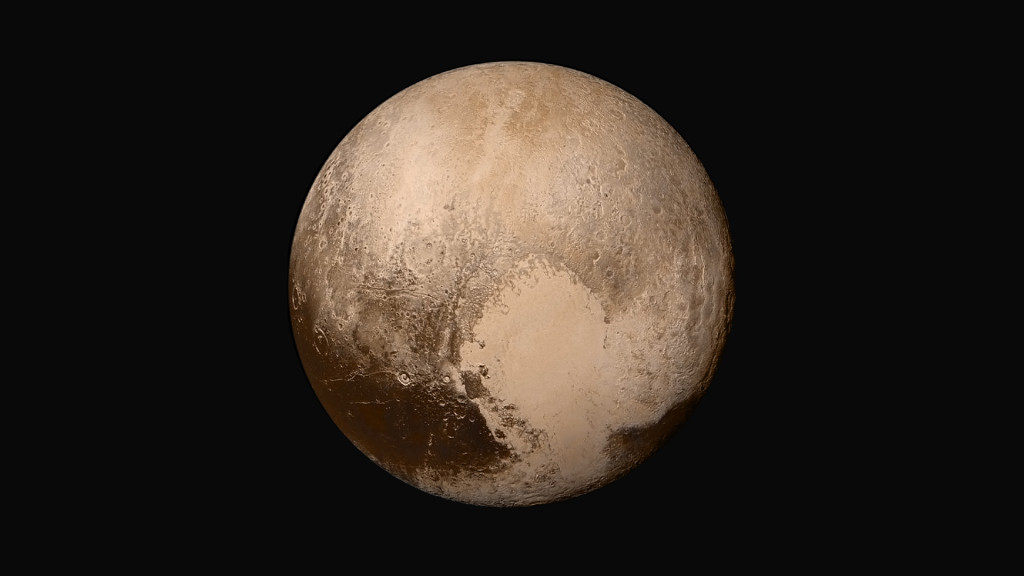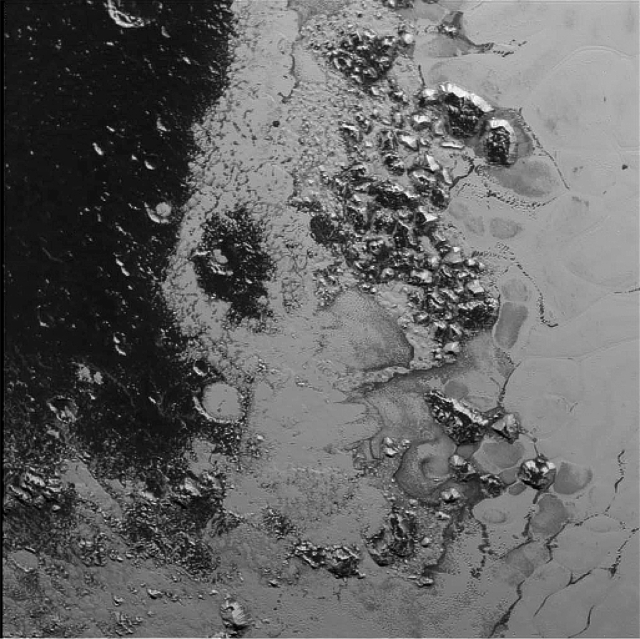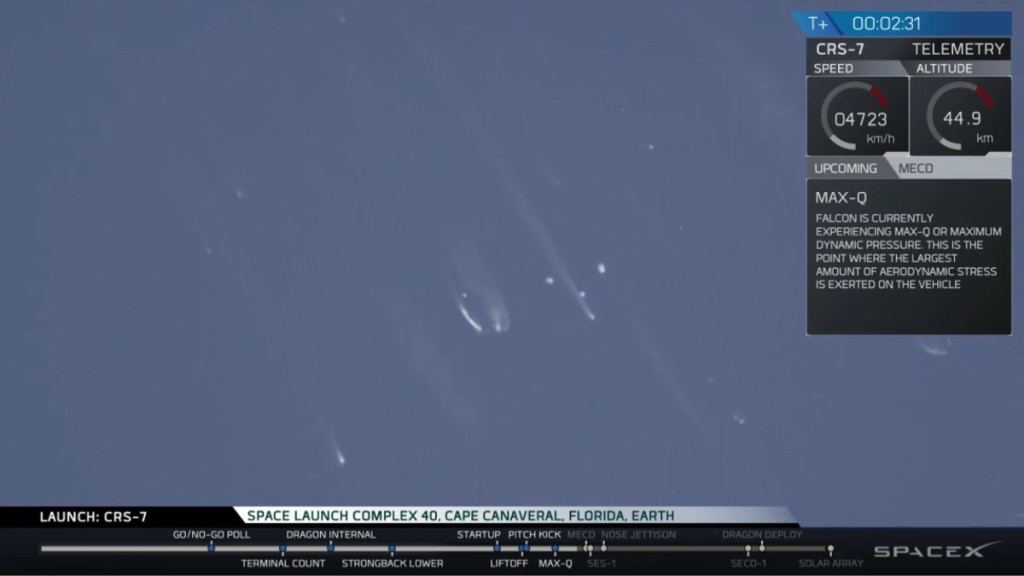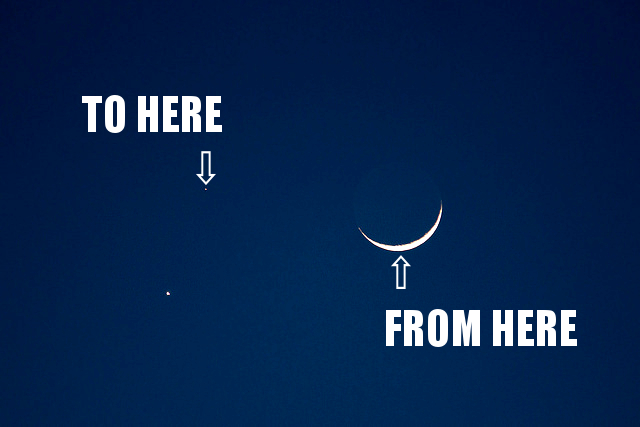
It’s been a seriously space-heavy week in the news, so let’s get down to it.
***
Pluto Week 2
As expected, we learned more about Pluto this week. Here’s some of the neat things we pulled down from New Horizons since last time I checked in with you, dear readers:

The Other Red Planet: one of the more startling things about the photos we’ve been getting back from New Horizons has been just how red it is. But unlike Mars, where the reddish hue is due to iron oxide — literally, Mars is rusty — Pluto’s rosy shade is the result of tholins. Named by none other than Carl Sagan (he was studying Titan’s atmosphere at the time), tholins are created when radiation, like UV light and cosmic rays, hit certain organic molecules, like methane and ethane. Check out this post over at NASA’s New Horizons blog for more on Pluto’s colour and how we’re mapping it with its composition to better understand the planet.

Backlit: part of the reason we were in such a rush to get to Pluto was to study it while it still had some atmosphere. When it made its closest approach to the sun, in 1989, the additional solar radiation probably heated the little planet enough to sublimate some of its surface ices into gas. But as time goes by, scientists suspected that it was either going to dissipate or fall back to the surface — and it looks like that’s happened. While in the two decades since 1989 the atmosphere has seemed to thicken (at least from our vantage point on the Earth), new measurements from New Horizons seem to be suggesting that the trend is about to reverse itself, and quickly. According to the New York Times, its atmosphere seems to have thinned by half in just the last two years. We may have gotten there just in time to see something that only happens every couple hundred years.

Hillary Mountains: A mountain range has been discovered in the Tombaugh Region (Tombaugh Regio). They’re about the height of the Appalachians back here on Earth, at about a kilometre to a kilometre and a half in height. Note: these aren’t the Norgay Mountains (Norgay Montes) discovered earlier — these ones are being called the Hillary Mountains (Hillary Montes), after Sir Edmund Hillary, who, along with Tenzing Norgay, was one of the first people to summit Mount Everest. In this picture the mountains are sandwiched between Sputnik Plain (Sputnik Planum) on the right, and the dark area known as the Cthulhu Region (Cthulhu Regio).
And now for more news that isn’t Pluto. Check back for more next week.

Post-Mortem
This week we think we figured out why the CRS-7 resupply mission failed. While stressing that these are only preliminary results, in a press conference on Monday, Elon Musk said that it appears a strut in the second stage failed. Essentially, there are highly pressurized helium tanks inside the pressurized liquid oxygen tanks, and they want to “float” upward to the top of the rocket. These struts are designed to withstand 10,000lbs of pressure, but it looks as though one of them broke at just 2,000lbs, allowing a helium tank to break free inside the oxygen tank and shoot upward. If this happens, well, you are having a bad problem and you will not go to space today. In the conference, Musk mentioned that the Dragon capsule survived the explosion, and they were in contact with it until it was destroyed upon impacting the ocean. New software will allow them to deploy the parachutes in the event this kind of accident takes place again. In large part, Musk also blamed himself and the company for becoming complacent — he’s told his employees now that if they think there’s a problem and their managers won’t listen, that they should go straight to him: “They should call me immediately on my cell phone or send me an email.” Check out SpaceFlight Now for a more in-depth explanation of the failure.

Listening Hard
If you don’t remember (because it was 2011) China announced that it was going to build the world’s largest radio telescope, which, when it’s finally done in 2016, will be way bigger than anything else. The next biggest is Aricebo, which was built literally more than fifty years ago (and has since starred in the movie Contact), and this is going to be much larger. Aricebo is three hundred meters across, and, as the name might suggest (the Five-hundred-meter Aperture Spherical Telescope) it’s five hundred meters across. Well, they’ve finally started to assemble the dish itself. There are going to be 4,450 panels, each an eleven-meter-on-a-side equilateral triangle, and I’m willing to bet that SETI couldn’t be more pleased. As XinHua News is reporting, the director-general of the Chinese Astronomical Society, Wu Xiangping, says not only will it help them to “explore the origins of the universe,” but also to “search for intelligent life.”
In a similar vein, a Russian billionaire Yuri Milner — a man literally named after the first man in space — has pledged $100 million dollars to help SETI search for extra-terrestrial life. The new program, called Breakthrough Listen, breaks the funding up into three equal chunks: one third will fund the development of new technologies, one third to pay for telescope time, and one third to hire astronomers to do the work. This will, he says, allow them to scan 10% of the sky over the next ten years, greatly increasing the chances of finding some kind of message from the stars. At the same time, he announced something he’s called Breakthrough Message — a cool million in prize money for a message to send back. Check out the article at Scientific American for more details.

To the Moon and Mars (On the Cheap)
A new study, partly funded by NASA, has created a stir online with its suggestion that it would cost a lot less than previously thought to go back to the moon. On the order of 90% less, or one-tenth the previous estimates. The study, by consulting agency NexGen Space LLC and entitled “Economic Assessment and Systems Analysis of an Evolvable Lunar Architecture that Leverages Commercial Space Capabilities and Public-Private-Partnerships,” unsurprisingly looks at how NASA could save money by using public-private partnerships to go to the Moon. The Evolvable Lunar Architecture, or ELA, would put a base on the moon that would mine propellant in the moon’s relatively shallow gravity well in order to reduce the costs of trips to Mars. Among the report’s findings,
and
Will it actually happen? I wouldn’t take this as any indication whatsoever. But the fact that some pretty smart people think it’s possible is definitely good news. Check out the paper itself (it’s free online) and a nicely condensed bit of analysis over at The Verge.
Best of the Rest
As always, there’s more news than I could cover. So here’s some of it.
- Another round of Kepler data is in, revealing the closest-yet Earth analogue: Earth’s older, heavier cousin, Kepler 452-b
- Blood-test company Theranos got the green light from the Department of Health and Human Services
- Escape Dynamics’s microwave-powered launch vehicle might actually work
- Lockheed-Martin bought helicopter maker Sikorsky for $9 billion, and
- Microsoft came up with a pretty awesone .gif
I’ll leave you with this video of how crazy smart crows are, because I, for one, welcome our corvid overlords.
Come back on Tuesday for a bit of thoughtful discussion on the topic of neonictinoids. Don’t forget to like our page on Facebook and follow me on Twitter.
